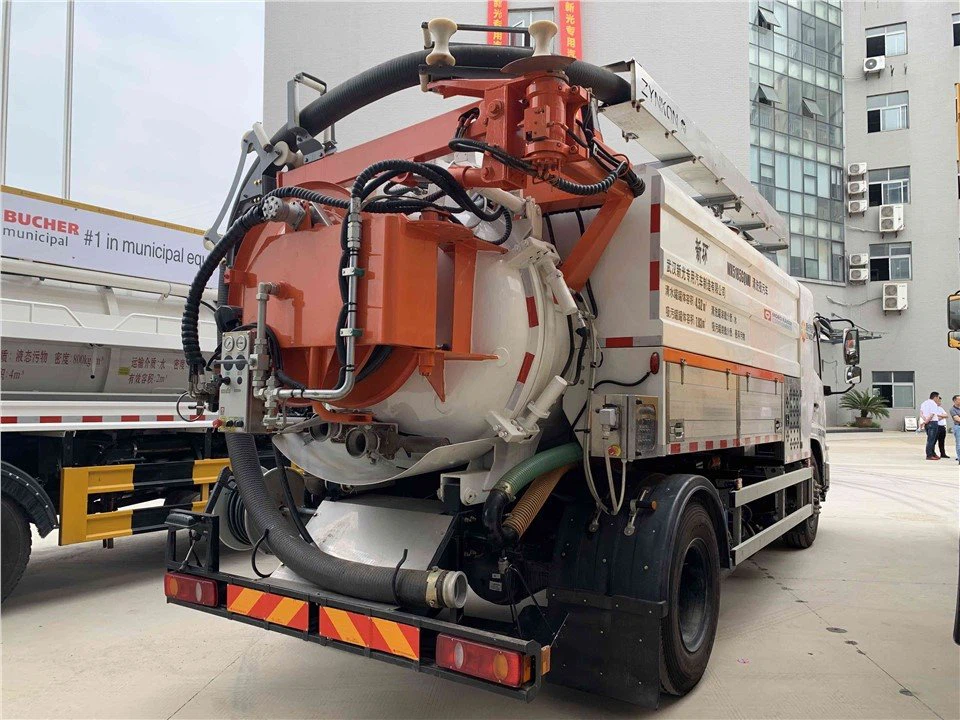Exploring the King Cobra: A Deep Dive into Its Back and Beyond

The king cobra (Ophiophagus hannah) is not just known for its striking appearance and impressive size; its anatomy, specifically its back, plays a crucial role in its biology and behavior. This article will explore the king cobra’s back in detail while covering various aspects of its life, habitat, and importance in the ecosystem. We aim to provide a comprehensive understanding of this magnificent reptile, structured into easily digestible sections for readers of all levels.
Understanding the King Cobra’s Anatomy
The Significance of the King Cobra’s Back
The back of the king cobra is not just a passive structure; it is integral to its survival and hunting strategies. The scales on its back are specialized for protection and camouflage.
Scale Features
The king cobra’s scales are smooth and glossy, allowing for efficient movement through diverse environments such as forests and grasslands. The coloration, mostly a mix of yellow, green, and brown, aids in blending with its surroundings, making it easier to ambush prey.
Body Structure
The elongated body of the king cobra can reach lengths of up to 18 feet, with a robust musculature that supports its movement. The back muscles are essential for its striking mechanism and powerful locomotion.

Habitat of the King Cobra
Typical Habitats
King cobras thrive in a range of environments, primarily in Southeast Asia. They prefer dense forests, mangroves, and even agricultural areas where their prey, primarily other snakes, are abundant.
Geographical Distribution
| Region | Countries |
|---|---|
| Southeast Asia | Thailand, Indonesia, Malaysia |
| South Asia | India, Bangladesh, Myanmar |
| East Asia | China, Vietnam |
Environmental Adaptations
The king cobra’s back plays a crucial role in its ability to adapt to the environment. For instance, its coloration allows it to blend into the forest floor, which is essential for ambushing prey and avoiding predators.
Diet and Feeding Habits
What Do King Cobras Eat?
King cobras are carnivorous and primarily consume other snakes, including venomous varieties like pit vipers and even smaller king cobras.
Hunting Techniques
Utilizing their keen eyesight and incredible sense of smell, king cobras can detect movement and scent trails in their environment. Their back musculature enables them to strike swiftly and accurately, showcasing their prowess as hunters.
Behavior and Social Structure
Territorial Nature
King cobras are generally solitary creatures. Males are particularly territorial, often engaging in combat with other males during mating season.
Communication
Although snakes are not known for vocal communication, king cobras exhibit behaviors such as body language and pheromonal signaling to establish dominance or attract mates.
The Importance of the King Cobra in Ecosystems
Prey Control
As apex predators, king cobras play a vital role in regulating snake populations and maintaining ecological balance.
Medical Research Potential

The venom of king cobras contains bioactive components that are of interest in medical research, particularly in developing treatments for various diseases.
Conservation Status
Threats to King Cobra Populations
Despite their apex status, king cobras are threatened by habitat loss, hunting, and human-wildlife conflict. Conservation efforts are crucial to ensure their survival.
Current Conservation Efforts
Efforts include habitat restoration, anti-poaching legislation, and public education campaigns to raise awareness about their ecological role.
Practical Tips for Encountering King Cobras
Safety Guidelines
If you encounter a king cobra in the wild, it is crucial to follow these safety tips:
- Stay calm and back away slowly.
- Do not provoke or attempt to handle the snake.
- Maintain a safe distance and observe from afar.
Knowing the Signs
Understanding whether a snake is defensive or curious can help you make informed decisions during encounters. King cobras often display a characteristic posture when threatened, raising their heads and flattening their necks.

FAQs About King Cobras
What is the lifespan of a king cobra?
The king cobra can live up to 20 years in the wild, although some individuals in captivity have been known to exceed this age.
Are king cobras considered aggressive?
While king cobras can be defensive when threatened, they generally prefer to avoid confrontations and will retreat if given a chance.
How does the king cobra hunt?
King cobras are ambush predators, using stealth and patience to catch their prey off guard, often striking with incredible speed and accuracy.
Can king cobras be found in urban areas?
Yes, king cobras may venture into agricultural or urban areas in search of food, particularly if their natural habitat is disturbed.
What should you do if you are bitten by a king cobra?
If bitten, seek immediate medical attention, as king cobra venom is highly toxic and can be fatal without prompt treatment.
Are king cobras endangered?
While not currently listed as endangered, king cobras are vulnerable due to habitat loss and other threats, requiring ongoing conservation efforts.
